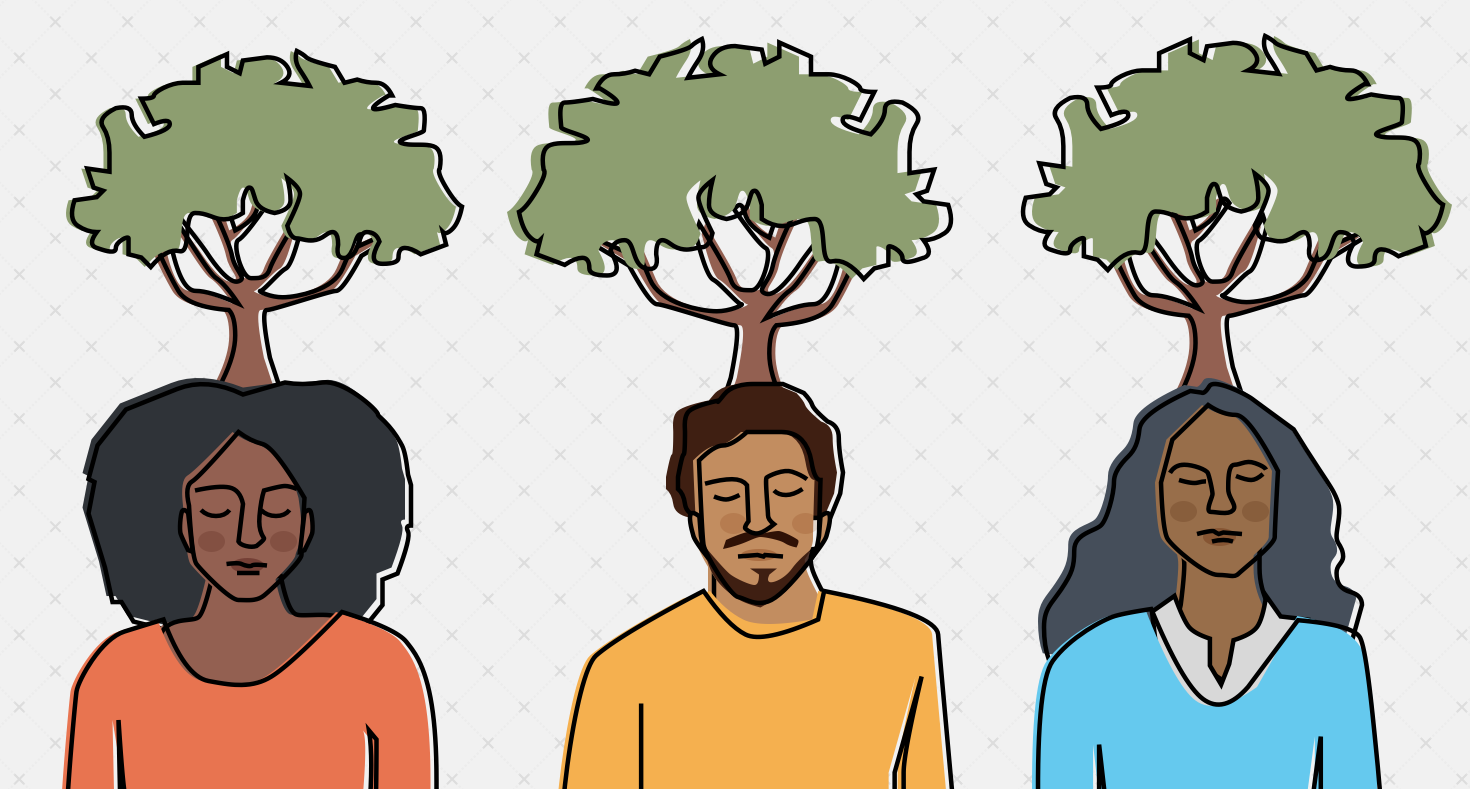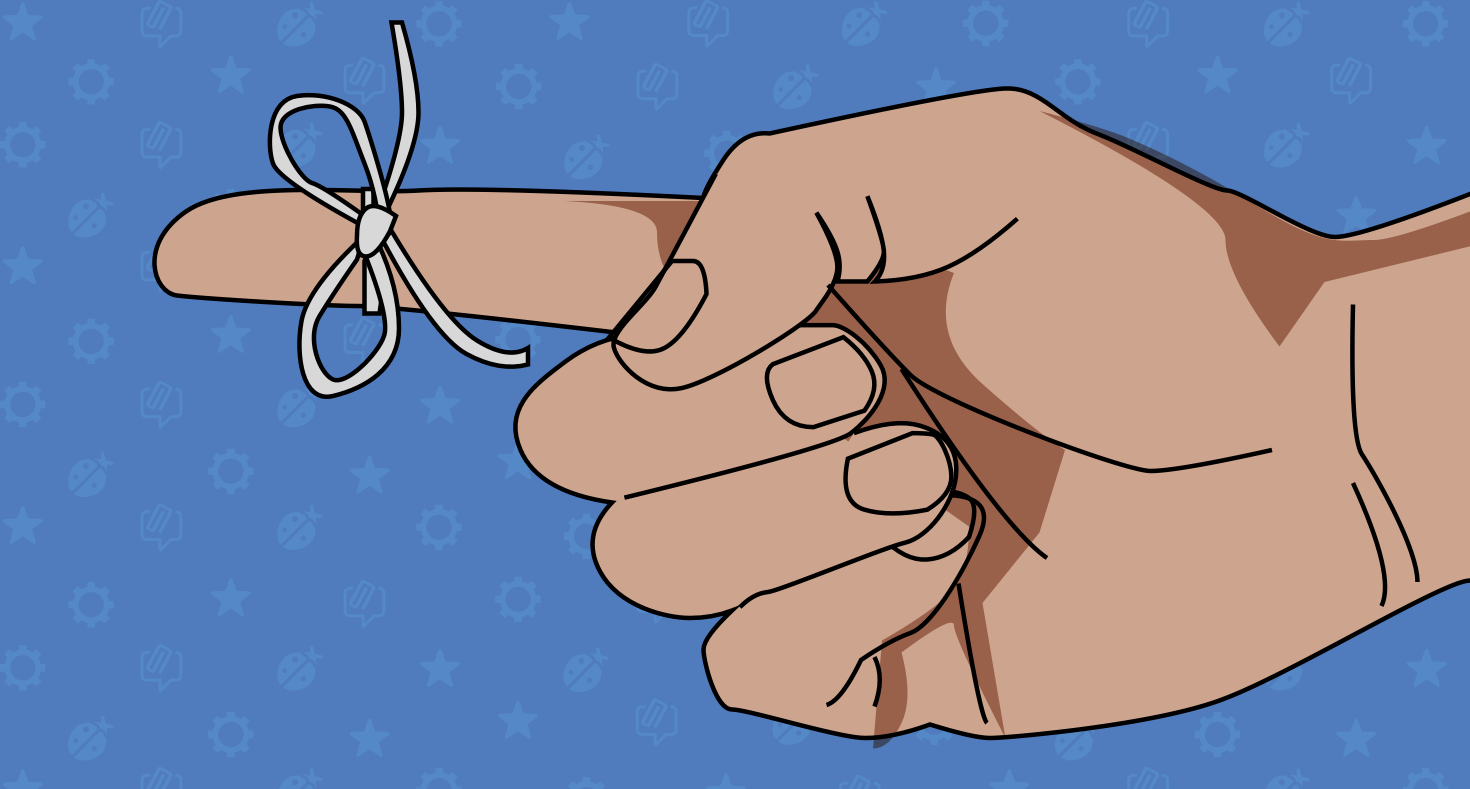
Combating bias and promoting inclusion in the workplace is something we can all agree needs to happen. The question, then, is how to make progress on it?
The way I see it, there are two directions from which change can come: from the top or from the bottom. Changes from the top typically come in the form of new HR policies, training, or declarations for more diversity and inclusion work (all of which Pivotal is already doing). Changes from the bottom represent a change in culture at the individual and team level, and a realization that every interaction matters.
With that in mind, we on the Tracker team have been participating in something we call The Inclusion Thing of the Week (ITotW). The goal of the ITotW is to make reinforcing an environment of inclusivity a motive of the group, not a task of the affected individuals.
The way we approach this is by encouraging members of the group to change how they interact in small but specific ways. For example, a team member mentioned that using the word “guy(s)” as a stand in for a general “person” or to address a mixed-gendered group can be exclusionary. This suggestion lead to our inaugural ITotW: “When addressing a group of people, use something other than ‘guys.’ Try ‘y’all,’ ‘everyone,’ ‘folks,’ ‘friends,’ ‘Romans,’ ‘countrypeople!’”

Illustration by Moe Bonneau.
It’s significant that the facilitator of ITotW not be a minority of the group. Having a majority member facilitate ITotW removes the burden that usually falls on impacted individuals1 confronting bias, models what good behavior looks like, and moreover, having a person of the majority (read: power) advocate for those in the minority is a very effective way to create change.2
On another level, ITotW is impactful not just because of the things the group works on, but because it makes diversity and inclusion a consistent topic of discussion. At Pivotal Tracker, we announce the ITotW every morning at standup, and by doing so, signal that this is a topic everyone should be involved in and conscious of on a daily basis.
After a few rounds of ITotW, we decided to take time for reflection and think about the questions that arose: Was this helpful? Did this make you feel more included? Was this easy? The answers to these questions can help you refine your presentation of the ITotW process.
The formula we use for creating an ITotW is pretty straightforward, and is easily adaptable:
We announce the ITotW every day at standup and put a tab in our build monitor so that it’s present throughout the day.
As mentioned above, ITotW is most effective when it’s championed by a member of the group majority. On our team—like many teams—the majority group is white men. Additionally, make sure ITotW is consistent and daily. A large part of the impact comes from making sure inclusion is on everyone’s mind. Leadership plays an important role in holding the team accountable.

Illustration by Moe Bonneau.
Your mileage may and your situations will certainly be different, but here are some topics that arose from our initial team feedback gathering:
The most common critique of ITotW specifically, and changing behavior in general, is that it’s hard. It’s hard to watch what you say and how you say it. It’s hard to question your automatic reactions. It’s hard to change.
There’s no way around this. You can make the process slightly easier, though, by providing simple, out-of-the-box solutions to problems. As my coworker Lisa said, paraphrasing a talk by @LlewellynFalco, “Humans are good at small changes that are so tiny we don’t notice them.”
It’s ultimately up to you whether or not the friction of watching your speech and actions—and potentially altering them—is worth creating a more inclusive environment for everyone.
Another critique of ITotW is that the examples above may seem small and ineffectual. But think about the interactions that created those examples. In a vacuum, it’s easy to say that those types of interactions aren’t a big deal, but think about if you hear this sort of thing a few times a day, a few days a week (because it’s baked into the culture you live in). That would be incredibly demoralizing, and it adds up. It would be exhausting if every time you heard “guys” you had to mentally replace it with “people” and remind yourself, “No, no, they didn’t really mean men only, they meant everybody.”3 All of this to say: the small stuff matters, and empathy is critical.
Changing your behavior is hard; changing the behavior of a group is even harder. Doing those things by yourself is super mega hard. ITotW gives everyone a venue to express the ways they feel excluded and an avenue to address those exclusions.
By no means do we think we’ve solved the topic of inclusion with this exercise, but it has been a productive start. As we continue with this process, we hope to share updates on how it’s going, what we’ve learned, and the issues we’ve tackled. And if any of this has been a useful springboard for you or your team to confront similar issues, or if you’ve done something to promote inclusion in your workplace, we’d love to hear about it and broaden the discussion even further—change becomes easier when it’s based on a supportive network of shared experiences. Find us on Twitter (and feel free to use the hashtag #ITotW) or add your voice in the comments below.
Very often, the people most affected by bias and discrimination are the minorities of the group. They’re the ones advocating for the elimination of that bias because they feel it most. This creates a double burden because they must: 1, deal with the bias; and 2, work towards its elimination. ↩
This is typically called “being an ally.” See Better Male Allies on Twitter for some good info. ↩
My favorite analogy for this sort of thing is the bird cage, as described by Marilyn Frye in The Politics of Reality. ↩
Tags: How to